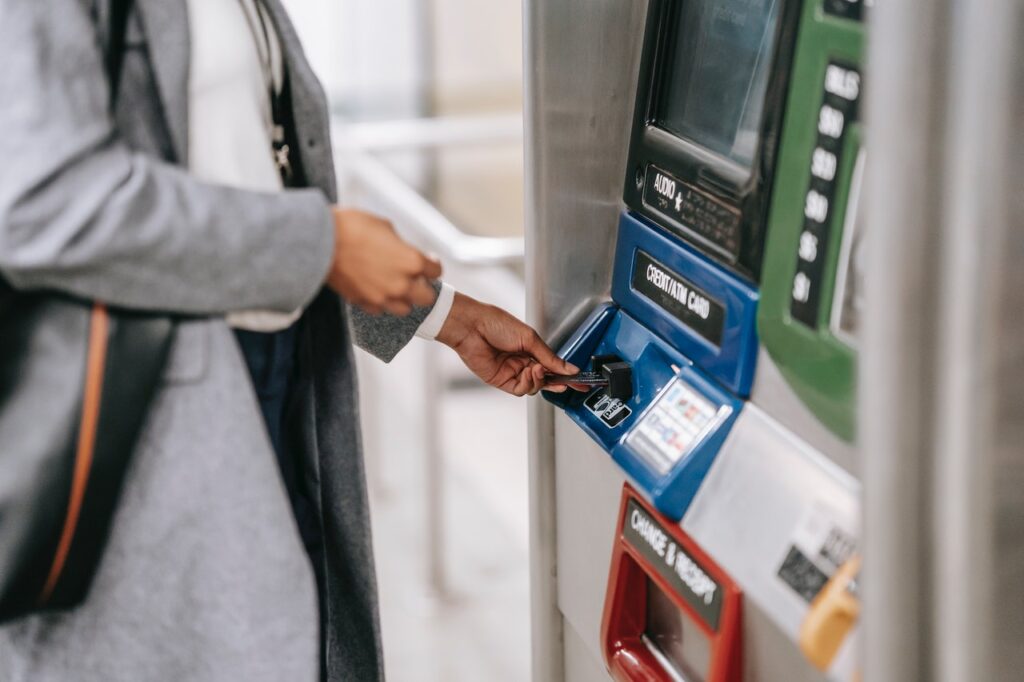When CBDCs Become Common

Introduction – CBDCs
Many governments dislike Bitcoin, and other cryptocurrencies, because it deprives them of control and surveillance. Cryptocurrencies can be used as a closed loop, i.e. within a closed ecosystem, without ever touching the fiat monetary system. The only problem would be onboarding, because how would the majority of people who do not mine, and do not work for cryptocurrency, obtain cryptocurrency without touching the banking system? This is where CBDCs, or Central Bank Digital Currencies, come into play.
Enter CBDCs – Central Bank Digital Currencies
The best way for governments to take advantage of blockchain, is to come out with a version of cryptocurrency that can be controlled. Today, at least one in every ten governments is seriously considering a government-issued digital currency. A few governments have actually launched digital currencies: the DCEP (Digital Currency Electronic Payment) in China, the Sand Dollar in Bahamas, the Bakong in Cambodia. It is almost certain that every CBDC will be a stablecoin, backed by the national currency. The CBDC of the day will be a digital representation of the national currency of the day.
Advantages of CBDCs
The advantages of digital currency issued by governments and central banks are apparent.
First, digital currencies officially issued by governments are legal tender, and can find acceptance among the trading members of the public.
Second, it becomes a trivial matter to onboard citizens to the digital currency. Converting fiat into crypto is often troublesome for investors, for several reasons. Peer-to-peer transactions are subject to uneven pricing of digital currency, price scalping, and sometimes fraud. Purchasing crypto via credit cards doesn’t guarantee you the best price, as there is always a spread, in addition to high interest rates. (But you do have the safety of a chargeback if you don’t get your crypto.)
Third, there is the possibility of identifying each and every CBDC wallet holder, as each CBDC wallet is allocated to each holder only after a KYC/AML procedure.
Fourth, it becomes easier to identify exactly how much is in a person’s CBDC digital wallet, and how much is being transacted, as all the information is in one place.
Fifth, the danger of losing one’s private key need never be an issue ever again, as financial institutions can become part of the ecosystem and help generate new private keys for the affected CBDC wallets.
Sixth, transaction costs can be close to zero, if any, because it is almost certain that a CBDC blockchain would not be based on Proof of Work.
Seventh, robbing a person of his CBDC wallet contents would not have any value, because, unlike Bitcoin, a central bank can reverse a transaction. (In contrast, a person robbed at gunpoint of his Bitcoin has no way of getting it back, unless it gets sent to an exchange which somehow helps to freeze it.)

Disadvantages of CBDCs
But there are some dangers.
First, governments can print as much currency as they like, provided that the voting public does not lose faith in the government of the day and topple it. Monetary policy becomes even more important when a CBDC is issued: reckless printing of money is what drove Germany’s currency into worthlessness, and led to a world war. It’s also what gave us gazillion dollar notes in Tanzania as hyper-inflation kicked in. It’s the same situation that caused the Venezuelan government to explore issuing a CBDC backed by petroleum, and later by gold. If governments can print digital currency without being detected, who will monitor them and stop them from causing hyperinflation? Who is to say for certain that every CBDC token is actually backed by a reserve of national currency?
Second, not every blockchain is built to be a public blockchain; there are private ones, and those which require permission to access. It is likely that CBDC blockchains will be permissioned, in which members of the public will have limited access, while financial institutions, approved stakeholders, and the authorities would have full access. The members of the public would then only have access to limited information, which may not include the full KYC/AML data, but only sufficient for them to identify each other’s accounts and to confirm that a transaction did take place. It is not practical for each person’s CBDC wallet balance to be publicly available, as it would invite evildoers to rob the CBDC account holder. Hence, privacy features would have to be built into CBDC blockchains, in order to protect the members of the public. However, with privacy features comes the question of whether the regulators themselves can detect irregularities and see the balance of accounts. In other words, would CBDC blockchains give rise to two types of blockchains: A read-only public one which members of the public can only verify a single transaction, and a private one where stakeholders (who most likely operate nodes) can access the entire history of a certain CBDC wallet?
Third. When CBDCs become widespread, the question of converting CBDCs into other currencies, and using them abroad, will become an issue. Can CBDCs be easily converted from one digital national currency to another? Many countries have monetary controls to prevent capital flight and money laundering. In some cases it is prevention of capital flight in the name of preventing money laundering – but not everybody shares the same view. How do foreigners entering into a country acquire that country’s CBDC? How do money changers deal with CBDC, within and without a country?
Fourth, a pertinent question when it comes to cryptocurrencies is tradability on a cryptocurrency exchange. Allowing a CBDC to be traded on a crypto exchange would require vigilance and trustworthy behaviour on the part of the crypto exchange, while also thinking about whether the exchange would also serve as an alternative or secondary CBDC wallet for some people who would not qualify for a CBDC wallet.
New Legal Frameworks Needed for CBDCs
As governments start issuing CBDCs, new legal frameworks are required. Without new legal frameworks, existing legislation would be applied. It’s not that CBDCs cannot be retrofitted into the existing legal frameworks, but because they work in a slightly different way, it becomes important for governments to recognise this and to draft their laws in anticipation. The most important thing, perhaps, is to recognise CBDCs as legal tender. Other than that, the shape and form of the regulatory regime would be up to the drafters of national laws and policies.
Thanks for reading.
Important Notice
This article was prepared for general knowledge and does not represent legal advice to you or any other entity in particular. If you are seeking legal advice, kindly consult with a trained professional before making any decision.
